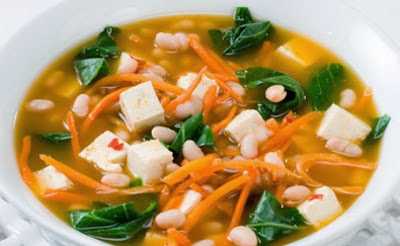Baked Pasta with Eggplant
serves 6
- 3 eggplants
- sea salt
- 2 tablespoons unsalted butter
- 5 tablespoons breadcrumbs
- 1 medium onion, thinly sliced
- 1 garlic clove, crushed
- 14 oz. chopped tomatoes (or 2 cups)
- 14 oz. rigatoni, or penne rigate
- 2 oz. caciocavallo, or pecorino cheese, grated
Preheat oven to 180C / 350F .
Grease a round cake tin with the unsalted butter; we used one that was 10 inches (23cm) wide and 2 inches (3.5cm) deep. put in 2 tablespoons of breadcrumbs and shake and turn the dish so that that they stick to the butter and line the dish.
Heat about 3 tablespoons of olive oil in a deep frying pan and sauté the aubergine slices in batches until lightly colored. Lift out and drain on kitchen paper. Using about three quarters of the eggplant, cover the base and sides of the breadcrumbed tin. Make sure that you overlap the slices so that there are no gaps.
Heat a tablespoon of olive oil in a pan and cook the onion and garlic over a medium heat until soft, but not coloured. Add the tin of tomatoes and season with salt. Cover with a lid and simmer over a low heat for 10 minutes.
While this is cooking bring a pan of water to the boil, salt well and cook the pasta for 3 minutes less than the packet instructions, so that it is still al dente. Reserve some cooking water and then drain the pasta.
Spoon a layer of the pasta into the aubergine lined tin followed by tomato sauce, a layer of the aubergine and a layer of grated cheese. Repeat with the remaining pasta, tomato sauce, and a final layer of aubergine. Finish with the remaining breadcrumbs to form a coating on the top. Bake in the preheated oven for about 25 minutes and until golden.
Let stand for about 10 minutes. This will allow the dish to firm up.
Put a plate over the top of the tin and holding both the plate and dish firmly, turn both over together so that the Timballo turns out onto the plate. Serve in wedges.
(recipe from Georgio Locatelli: Made in Sicily, Fourth Estate, 2011.)



.jpg)







































